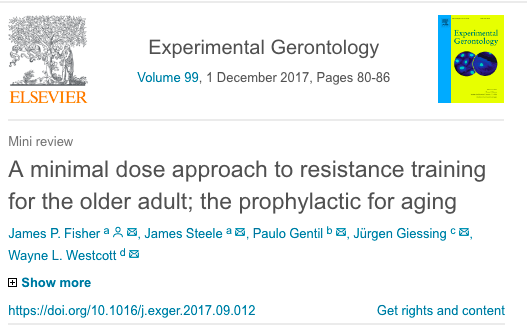06
Jul 2018
By Luke Carlson
Posted in
Exericse Research,
cardio for weight loss,
lose weight,
High Intensity training,
Stength training,
abs,
six-pack,
abdominals,
ab exercises
With
NO Comment
Permalink
Great Abs: Refocus on what works
The fitness topic that garners the most confusion and outright misinformation continues to be the quest for improved abdominal appearance. Interestingly, the effect of exercise on abdominal appearance is one of the most thoroughly studied and understood areas in all of exercise science. Alas, this is not reflected by the average fitness enthusiast’s approach to achieving six-pack abdominals (or, perhaps, less ambitiously, simply losing fat from the midsection). A survey of health clubs, gyms, home exercise DVD’s, and studio concepts around the world indicate that we are truly in the stone ages when it comes to effectively improving abdominal appearance. Let’s address an evidence based approach to improving abdominal appearance.
17
Oct 2017
By Luke Carlson
Posted in
resistance training,
aging,
exercise for older populations,
strength training for the aging population,
frequency of training,
Intensity for the aging population,
High Intensity training,
the aging population
With
NO Comment
Permalink
The Prophylactic for Aging
A team of researchers including our close colleagues Dr. James Fisher, Dr. James Steele (both of Southampton Solent University in the United Kingdom) and Dr. Wayne Westcott recently published one of the most important scientific papers in perhaps a decade on the topic of strength training and aging. The paper, titled, "A minimal dose approach to resistance training for the older adult; the prophylactic for aging" appeared just three weeks ago in the Journal of Experimental Gerontology. As the title suggests, the authors summarize the many health related benefits of resistance exercise (strength training) and state that despite the preponderance of evidence supporting the efficacy of resistance training in delaying the onset of biological aging, the vast majority of adults still do not engage in resistance training. Thus, the focus of their paper was to introduce a prescription along with the benefits of performing a minimal dose of resistance training. Fisher and colleagues summarize their objective stating, "
However, this article is intended to determine the approximate minimal necessary volume and frequency to identify a 'minimal dose' of RT for the evidenced health benefits."



Leave a Reply
Your email address will not be published.